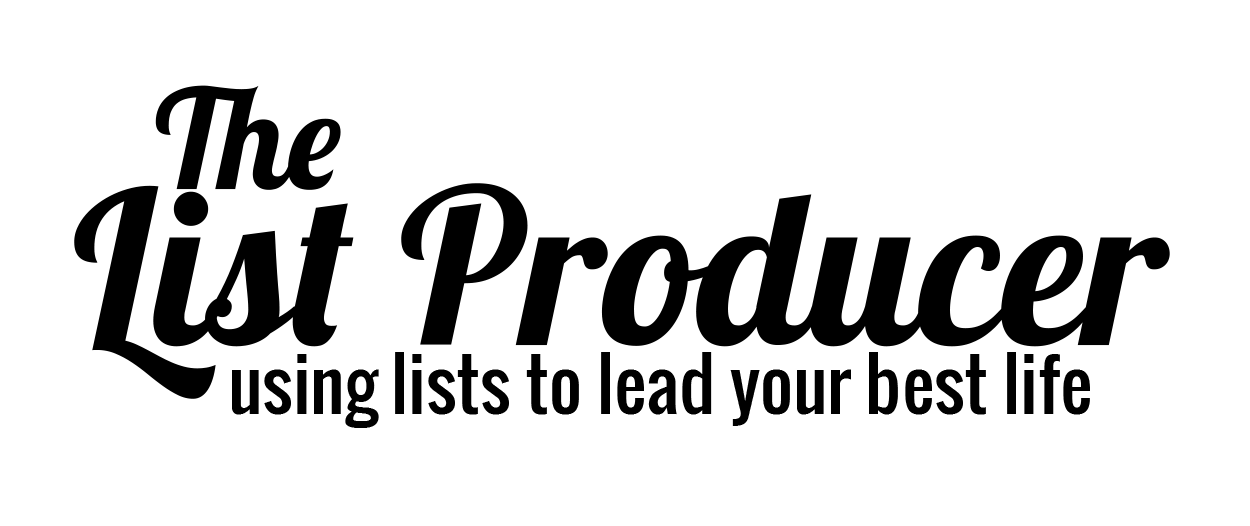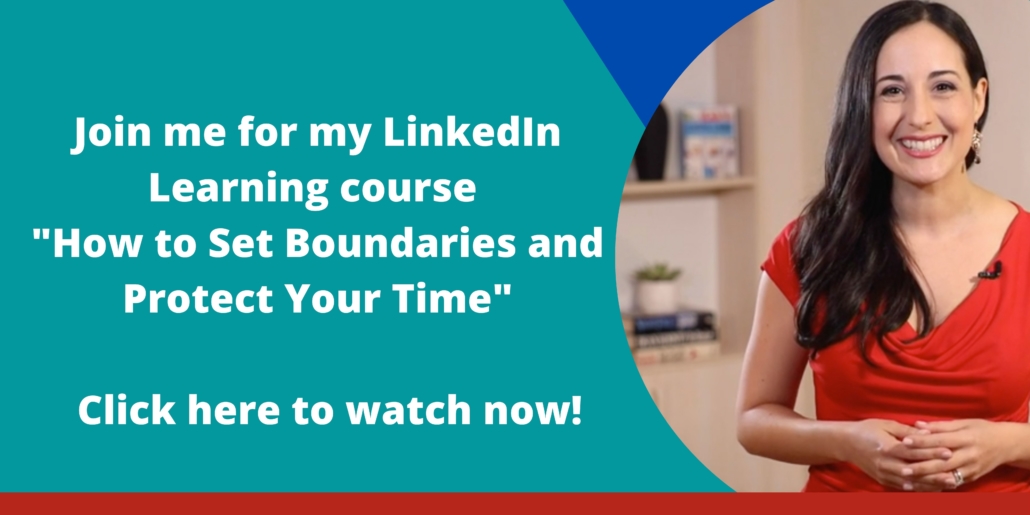Producing Hybrid Meetings Like A TV Show
___
BONUS FREEBIE: Want even more ways to stay organized, productive and less stressed? Click here to get access to my List-Making Starter Kit. It will boost your efficiency and get you back to doing more of the things you love.
___
It’s easy to waste time at in-person meetings. You wait for that last person to join when someone mentions an interesting TV show they saw. And before you know it, you’ve wasted twenty minutes of your allotted meeting time.
And with technical problems and losing meeting links, it’s just as easy to waste time on a video call.
So in our new hybrid-work world, how do you avoid wasting even more time as some coworkers will be in the room and some will be on video? And more importantly how do you ensure that you get what you need to done in an efficient way?
The answer: Start “producing” your hybrid meetings.
Working as a TV news producer for nearly two decades taught me to break down every event or meeting like a TV show. I work in three phases to keep things organized and running efficiently.
Here’s my producer breakdown for hybrid meetings.
1)Pre-production
During pre-production on a show, a producer is figuring out what and how things are going to happen.
For producing your hybrid meetings, that means defining the goal of the meeting.
Ask yourself: What needs to be accomplished in the time that you’re gathering? Who needs to be in the room? Who can join virtually? And who doesn’t need to be there at all?
And if you can, now’s a good time to make a plan for people who can’t attend, but need the information you’re discussing. (Because someone always cancels at the last minute.)
2) Production
During the show, a producer knows exactly what’s going to happen and who’s doing what. (And often has contingency plans for when things inevitably don’t go according to plan.)
For a talk show, like my live-streaming show, Inside Scoop, that includes: what I’m going to say, what promotional images will be shown, and what questions I’ll be asking my guest.
For your hybrid meeting, that list probably includes:
An agenda with what topics will be discussed.
How long those discussions should last.
Who’s sharing information and/or presenting anything.
This way everyone will know how to prepare and if they’re responsible for anything. You’ll also act as the moderator or have someone who will. It will be your responsibility to make sure to encourage and ensure that everyone has a chance to weigh-in or ask questions. Treat it as if you’re a television anchor moving the conversation along.
3) Post-production
Remember the plan I mentioned before? Now would be the time to execute it. Sending an email recap after the meeting is always a good idea.
This way if someone missed the meeting, the wifi cuts out, or someone zoned out (It happens to all of us!), the information everyone needs will be circulated.
It’s also a chance for you to send out action steps so everyone knows what to work on next. This is something you can also be writing down as the meeting is happening. I have a whole course on LinkedIn Learning all about how to take better notes. You can check that out here.
Happy Hybrid Meeting!
___
BONUS FREEBIE: Want even more ways to stay organized, productive and less stressed? Click here to get access to my List-Making Starter Kit. It will boost your efficiency and get you back to doing more of the things you love.
___



